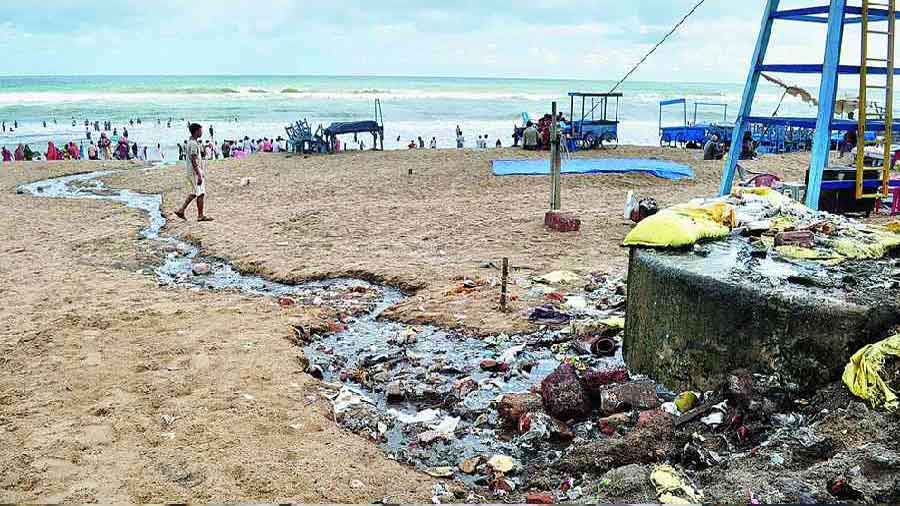The fault, often, lies in the system. A recent performance survey conducted by the Comptroller and the Auditor General of India — the apex auditing body of public expenditure— on the Conservation of Coastal Ecosystems laid bare multiple violations committed — the irony must be taken note of — by the Union environment ministry itself. According to the CAG report, loopholes in project clearances, absence of monitoring and lack of enforcement have led to unbridled development of private and public projects — beach resorts, ports, roads, even a racetrack — along the country’s 7,516-kilometre-long coastal stretch during 2015-2020. The Centre had notified rules for the Coastal Regulation Zone under the Environment Protection Act in 1991 to protect these vulnerable ecosystems. But the provisions have allegedly been diluted to provide livelihood security for the local communities. Disconcertingly, the audit pointed out that Central as well as state authorities are to be blamed in several instances where regulations have been violated. The transgressions were of numerous kinds. For instance, the under-construction,a 35-kilometre-long coastal road in Mumbai received the green light without mandatory environmental impact assessment; the information provided by the proponents of a port expansion project in Gujarat on intertidal mudflats — crucial biodiversity hubs that lie within the project area — was not assessed; 12 projects had used outdated data, 16 of them did not have disaster mitigation plans, while 21 developers did not have nationally accredited consultants during project deliberations.Effluent discharges from local sewage plants — Digha in West Bengal is a case in point — continue to contribute to marine pollution. Astoundingly, even a jail complex has been erected inside a wildlife sanctuary in Odisha that is a nesting site of the endangered Olive Ridley turtles.
India has always been rather slow when it comes to acting against environmental violations. But what is particularly worrying about the CAG report is that regulatory bodies meant to protect vulnerable coastlines seem to be complicit in these infractions. This raises two principal concerns. The institutional commitment to protect fragile ecologies would remain compromised if those bodies entrusted with the responsibility of protection remain non-committal. Second, the fine balance between developmental and environmental imperatives continues to elude policy in India. Greater institutional accountability would perhaps be a deterrent against misdemeanours perpetrated by the regulatory framework itself.










